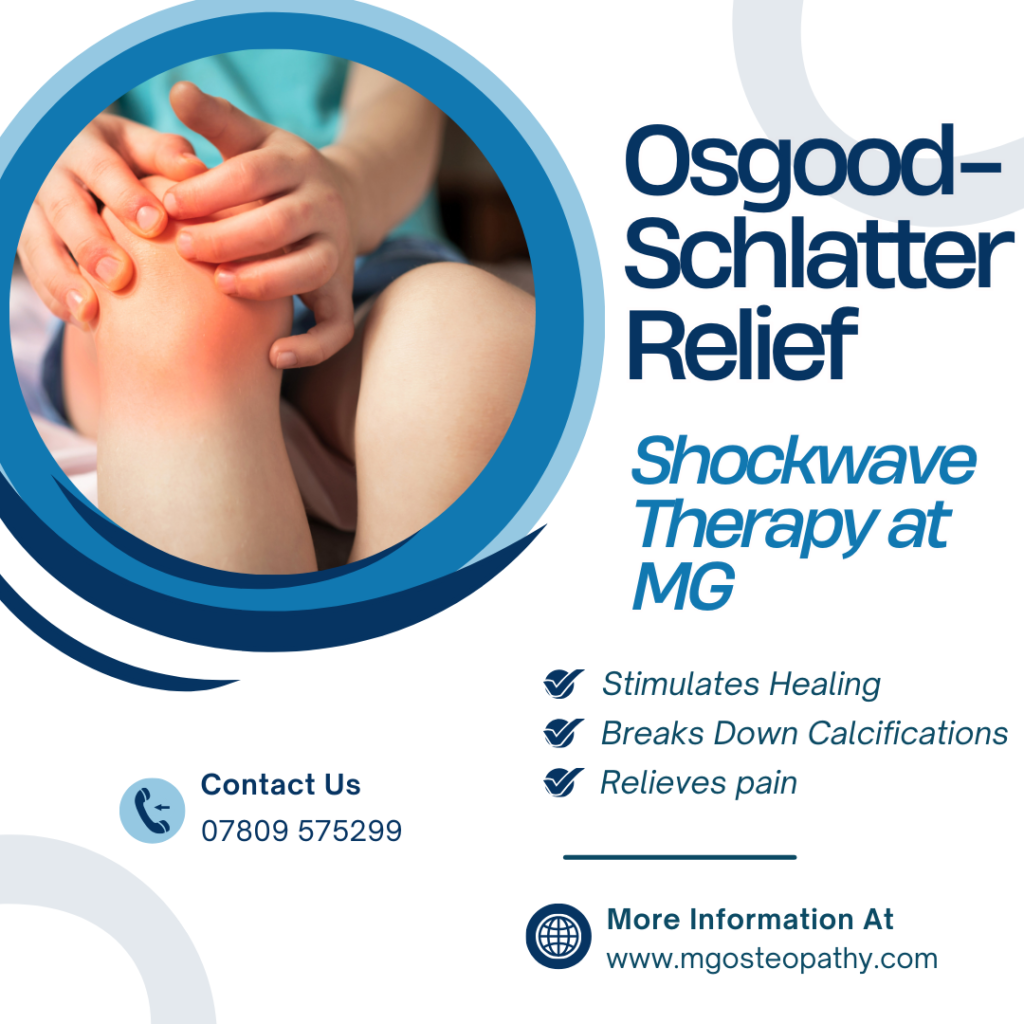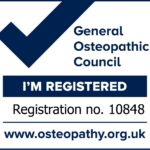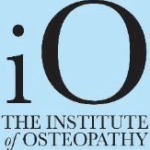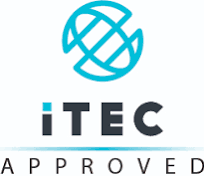Osgood-Schlatter disease (OSD) is a common condition in adolescents, especially athletes involved in high-impact sports. One effective treatment is Shockwave Therapy, which promotes healing and reduces pain in the affected areas. Combined with Osteopathy, as practiced at MG Clinics, this comprehensive approach helps manage the condition effectively.
In this blog, we’ll explore Osgood-Schlatter disease, the anatomy involved, its symptoms, and how the combination of Shockwave Therapy and Osteopathy can help.
What is Osgood-Schlatter Disease?
Osgood-Schlatter disease affects the tibial tuberosity—the bony prominence at the top of the shinbone (tibia), where the patellar tendon attaches. The quadriceps muscles contract and pull on the patellar tendon, creating tension at this attachment site. During periods of growth, especially in adolescents aged 10-15, repetitive stress from activities like running and jumping can cause inflammation, pain, and even small fractures in the tibial tuberosity.
Involved Anatomy:
- Patellar Tendon: Connects the kneecap (patella) to the tibia.
- Tibial Tuberosity: Bony prominence below the kneecap where the patellar tendon attaches.
- Quadriceps Muscles: Front thigh muscles that extend the knee and exert force on the patellar tendon.
Symptoms and Prognosis
The condition typically presents with:
- Pain and tenderness below the kneecap at the tibial tuberosity.
- Swelling and a visible bony lump at the tendon attachment site.
- Increased pain during activity, especially jumping or kneeling.
The condition usually resolves as the growth plates close, within 6-24 months. However, it can cause chronic pain or a permanent bony bump if not properly managed.
MG Clinics’ Approach: Shockwave Therapy and Osteopathy
MG Clinics combines Shockwave Therapy and Osteopathic techniques to treat both the symptoms and the underlying biomechanical issues contributing to Osgood-Schlatter disease.
Shockwave Therapy:
- Stimulates healing by increasing blood flow and tissue regeneration at the tibial tuberosity.
- Breaks down calcifications that may form at the tendon attachment.
- Relieves pain by disrupting pain signals and reducing inflammation, providing relief after a few sessions.
Osteopathy:
- Manual therapy reduces tension in the quadriceps and patellar tendon, minimizing stress on the tibial tuberosity.
- Postural corrections to address imbalances in the hips, knees, and feet that may contribute to excessive strain.
- Muscle re-education to improve knee alignment and function, reducing future strain on the patellar tendon.
Pain Management Protocol
- Initial Assessment: Evaluating knee function, posture, and muscle imbalances.
- Shockwave Therapy: Applied weekly to promote tissue healing and pain relief combined with Osteopathy to restore biomechanical balance, reduce muscle tightness and correct gait abnormalities
- Rest and Gradual Return to Activity: Temporarily reducing high-impact activities, followed by progressive strengthening exercises.
- Long-term Prevention: Exercises to strengthen the quadriceps, hamstrings, and core muscles to protect the knee joint.
Conclusion
Osgood-Schlatter disease can cause significant pain and limit activity, but a combined approach using Shockwave Therapy and Osteopathy targets both the immediate symptoms and underlying causes. By promoting healing, correcting imbalances, and restoring function, this approach offers effective, long-lasting relief and a faster return to sports and daily activities.
Book Your Appointment Now
If you or your child is experiencing knee pain from Osgood-Schlatter disease, don’t wait for it to worsen. The combination of Shockwave Therapy and Osteopathy can help you get back to pain-free movement quickly and safely. At MG Clinics, our team is ready to assess your condition and develop a personalized treatment plan.
Book your appointment today to start your path to recovery!





